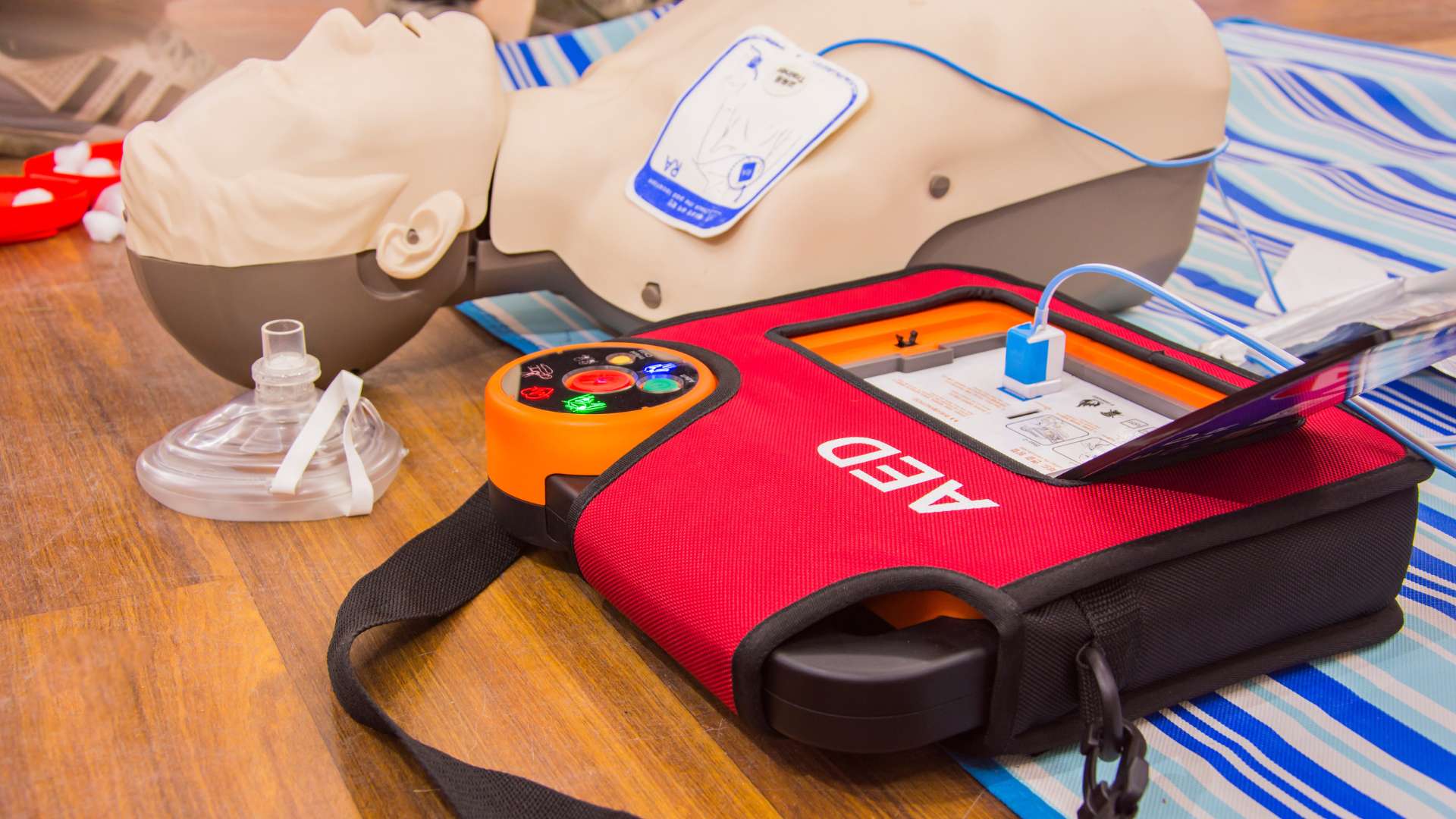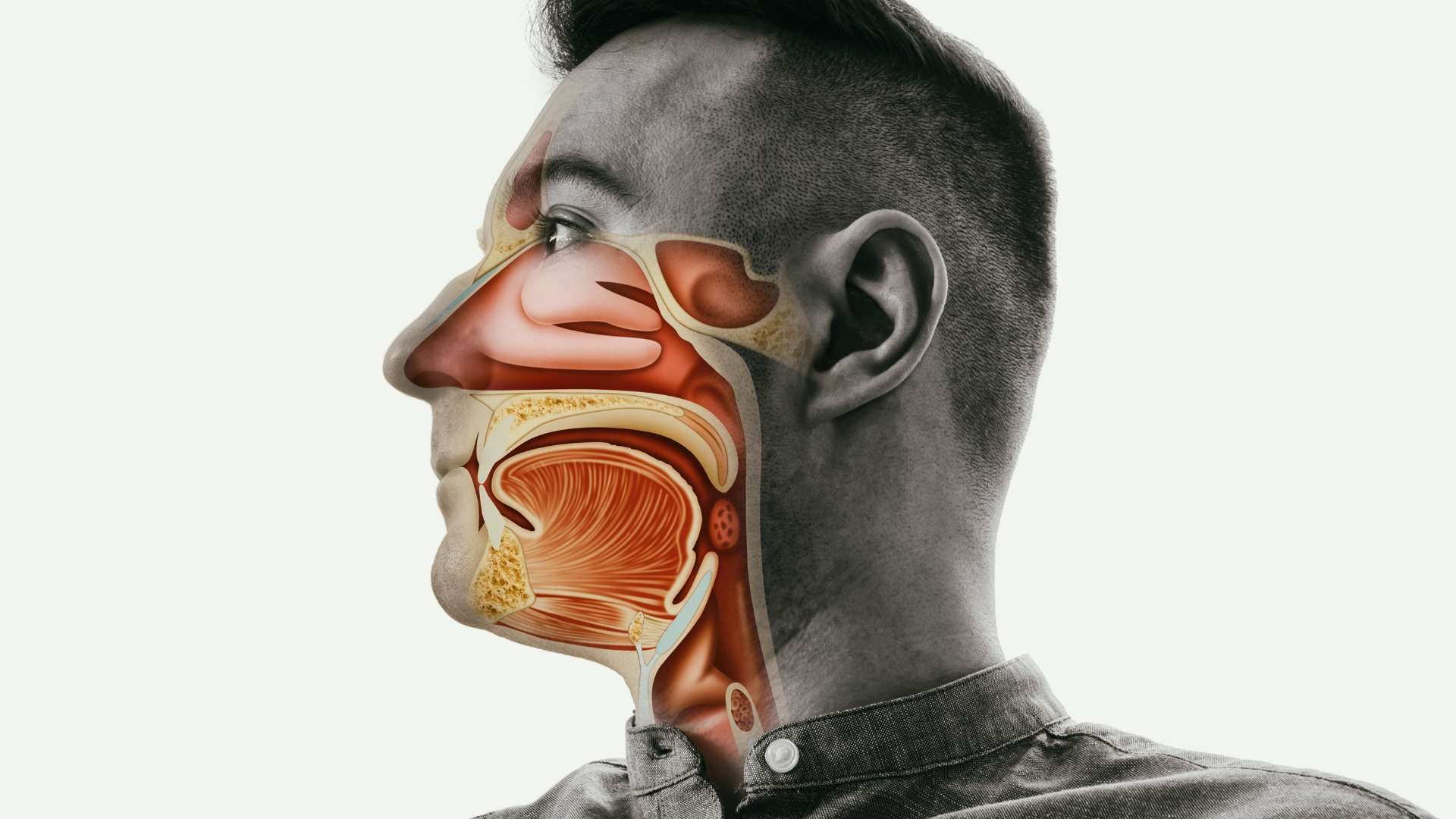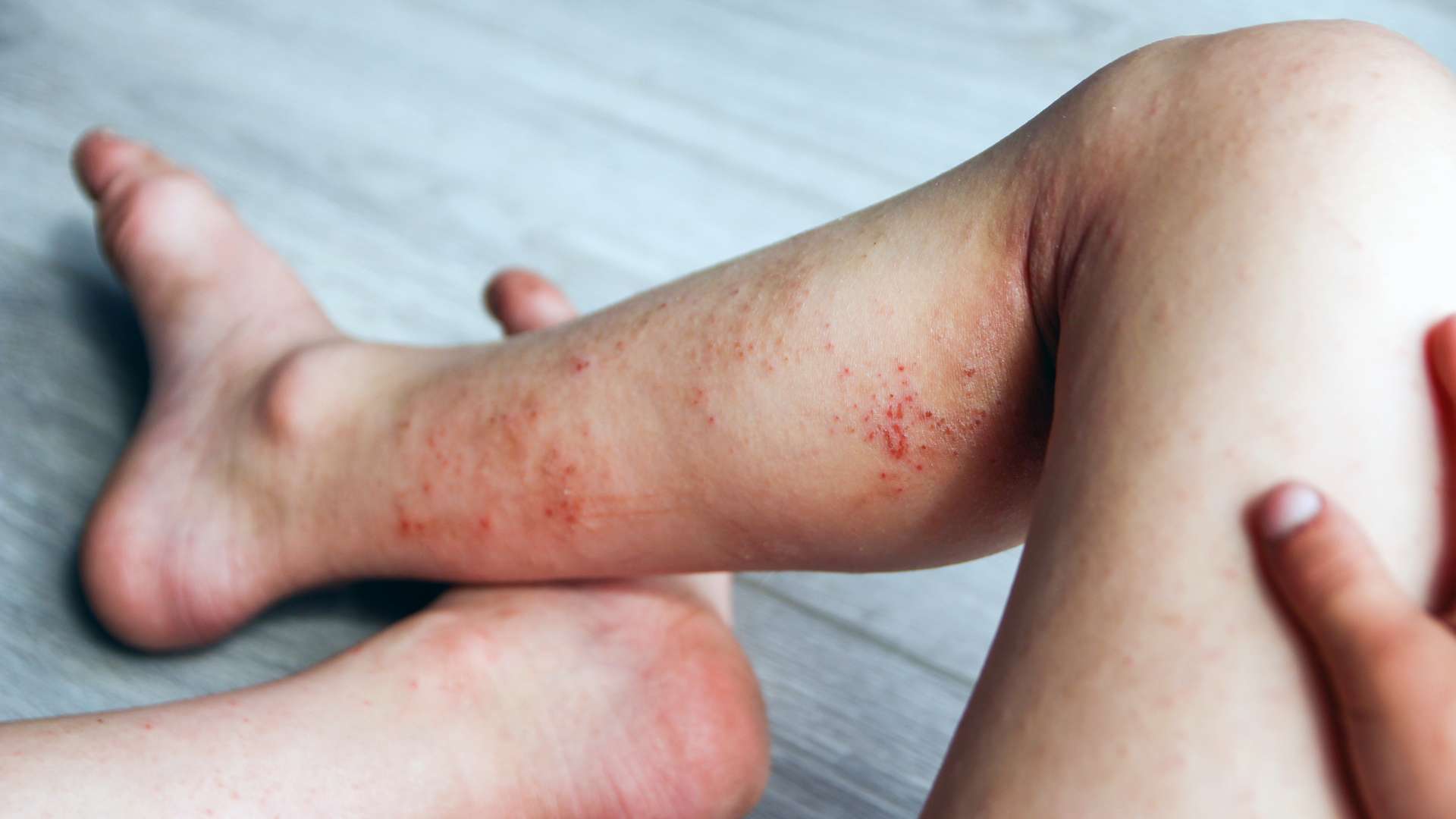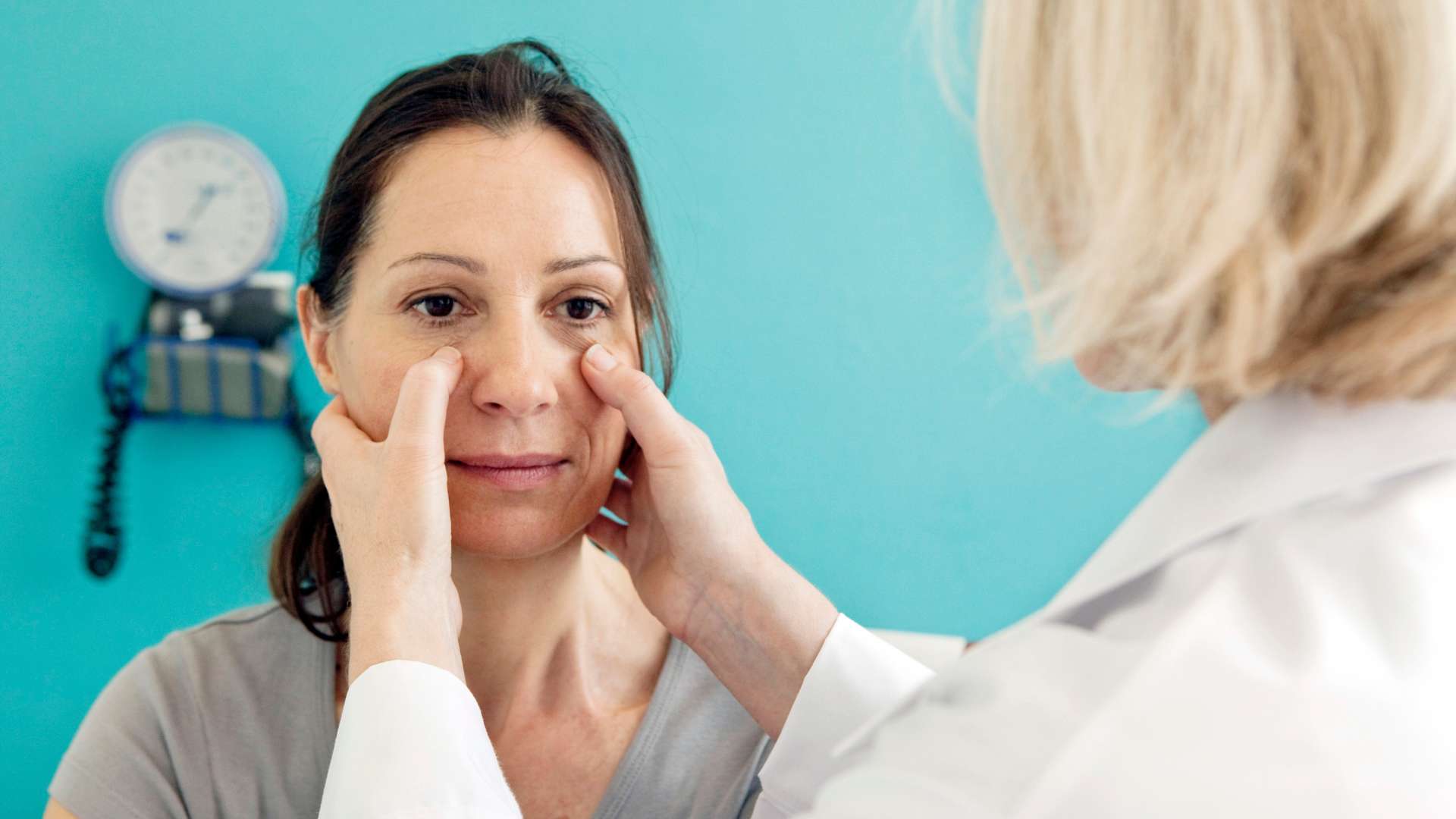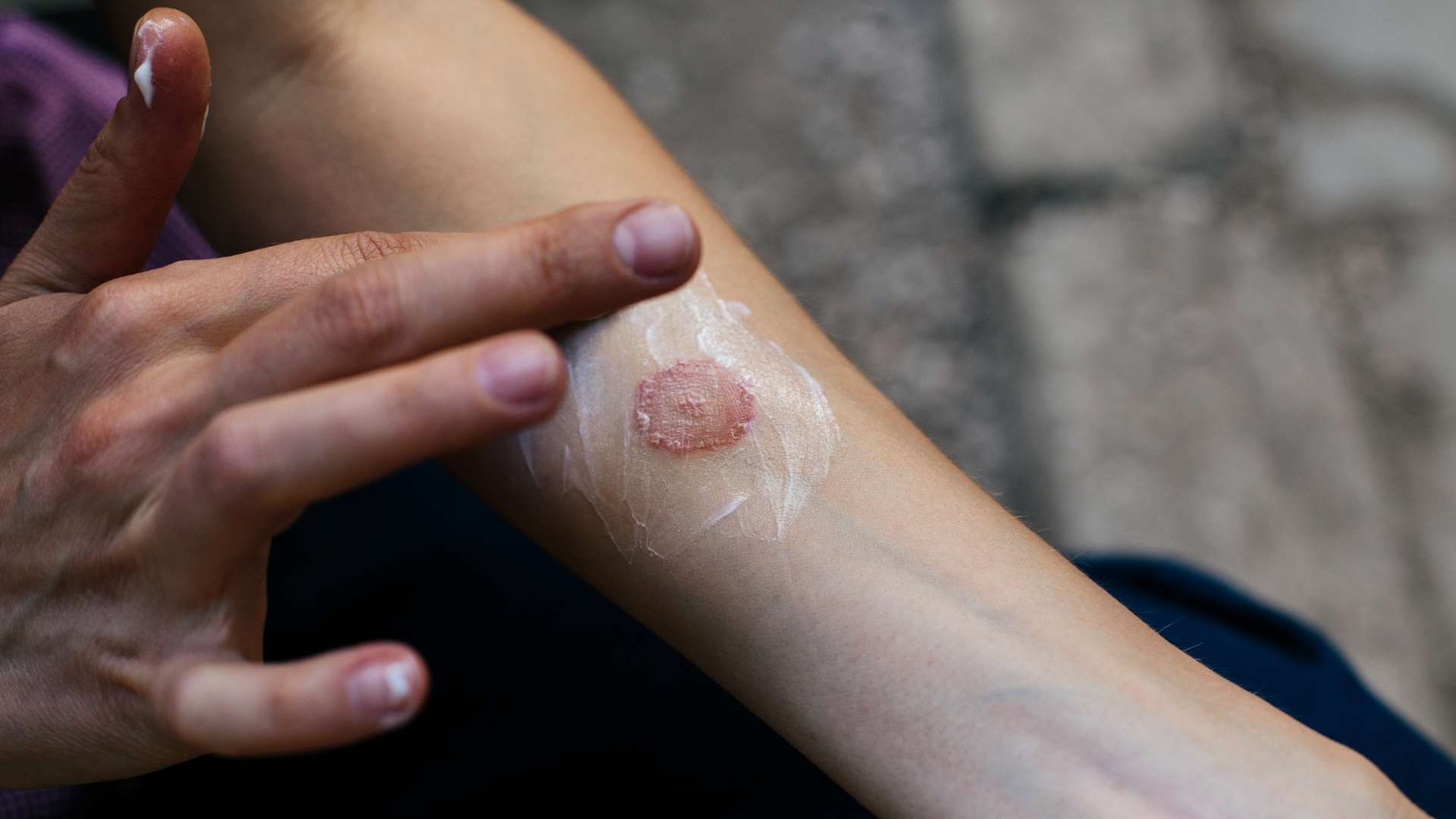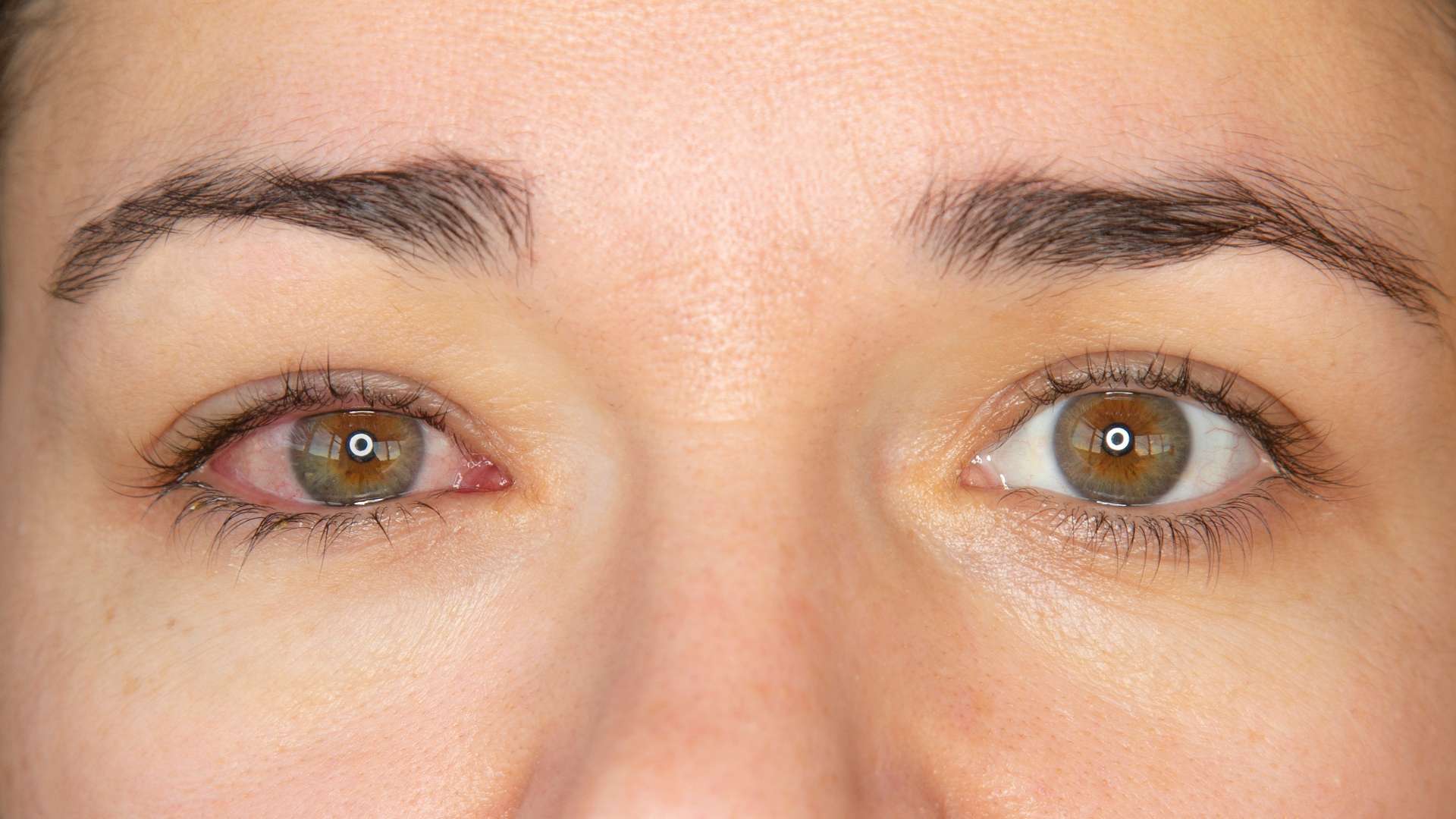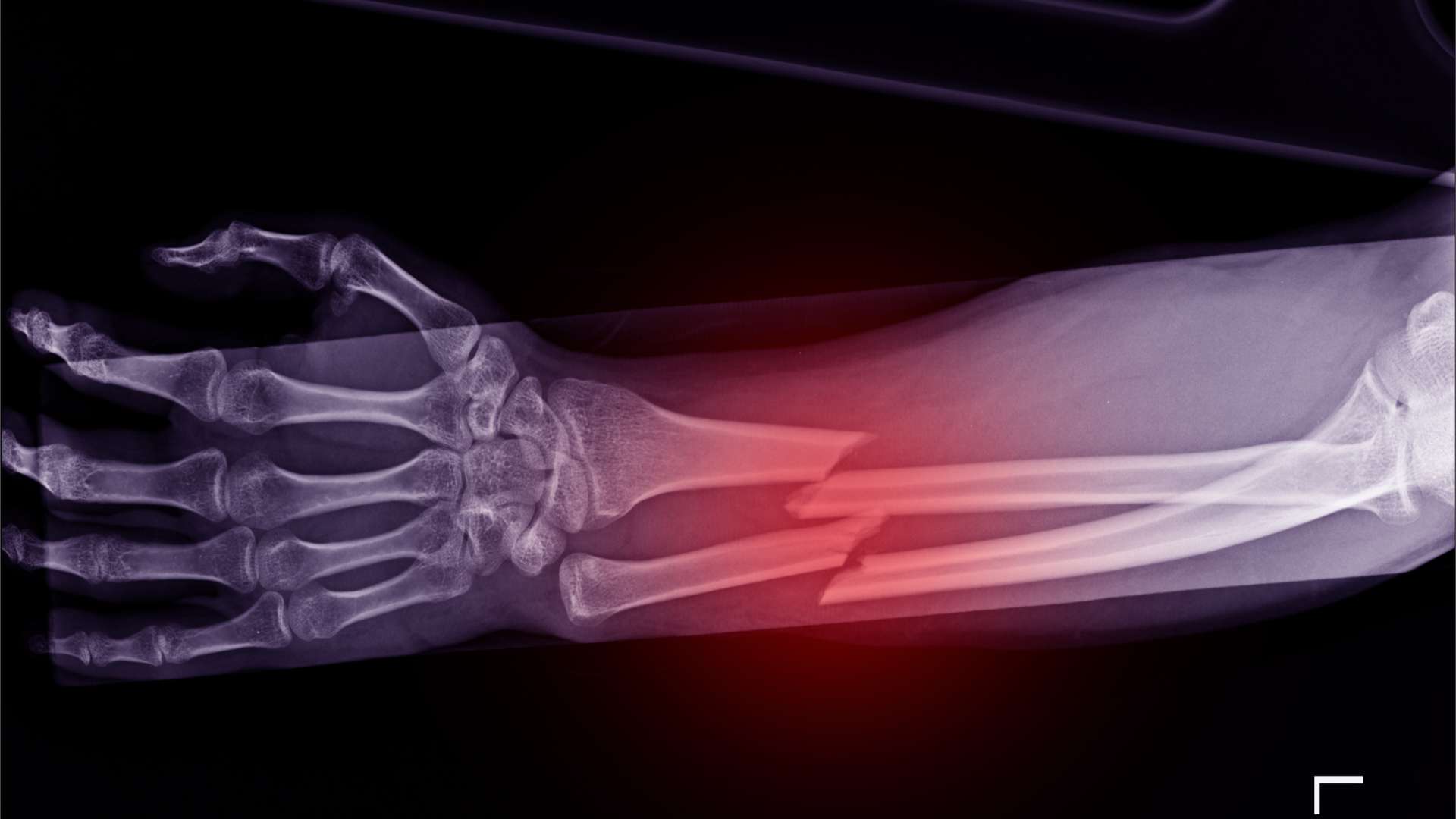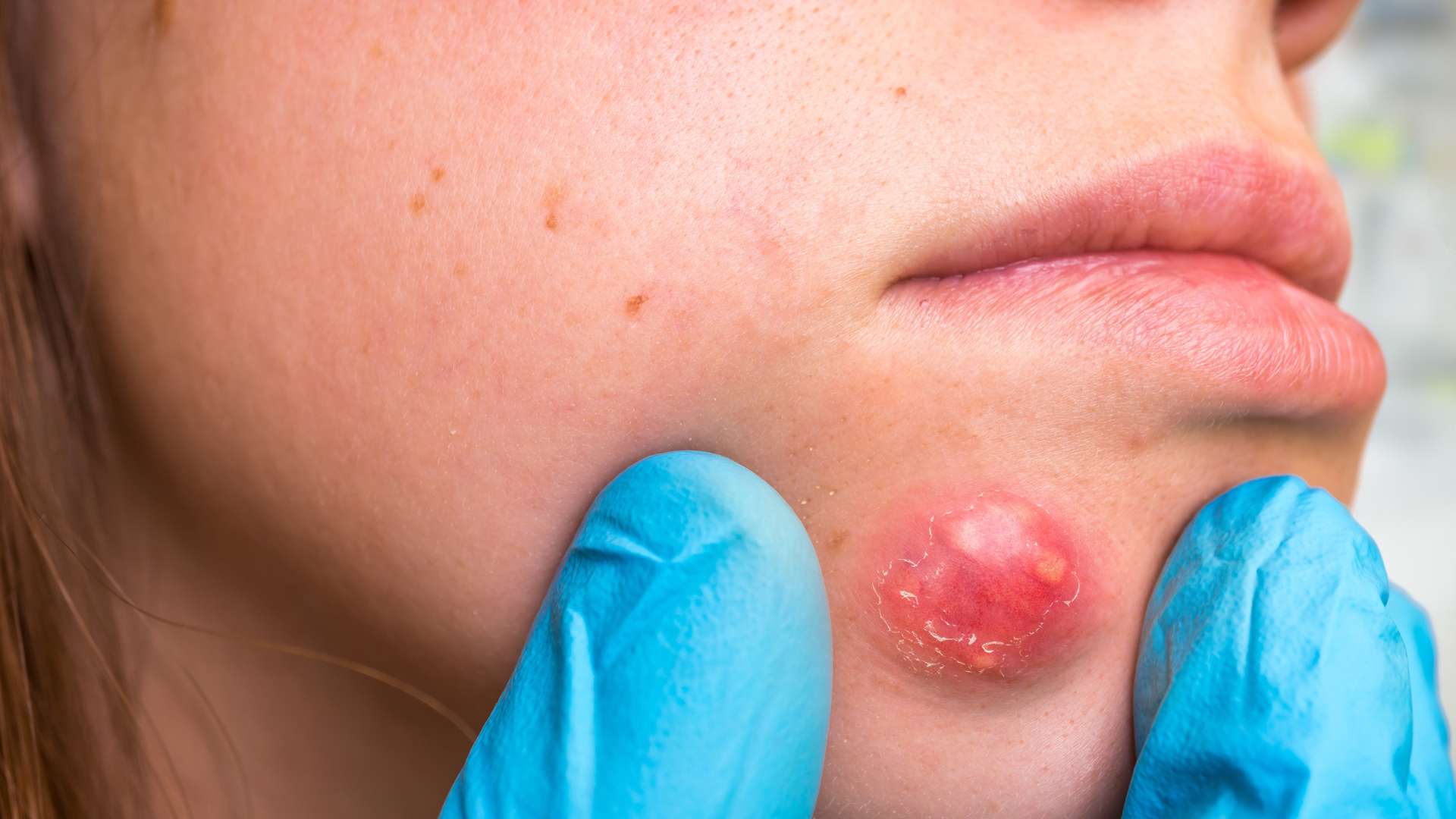Occupational allergies are one of the leading causes of employee sickness. Millions of American workers across every industry are at risk of exposure to chemicals, proteins, or agents capable of causing allergic diseases, including asthma, allergic contact dermatitis (ACD), urticaria, allergic rhinitis, eczema, and folliculitis.
Work-related contact accounts for about 9%-25% of all adult-onset asthma diagnoses, while ACD is responsible for 20% of all occupational cutaneous disorders. These diseases significantly harm personal health, and similar statistics have been found in Europe and other industrialized countries.
Disease Types and Severity
Severity of disease depends upon numerous variables, such as the source of exposure, route of exposure, the jobsite, and an individual’s genetics. Allergic diseases are defined by a latency period between exposures (known as “sensitization”) and symptoms (known as “elicitation”) and may require immunoglobulin E (IgE) and non-IgE-mediated responses.
Immunoglobulin E-Mediated Response(s)
An immunoglobulin E-mediated allergic reaction, also known as an immediate-type hypersensitivity (Type I), is facilitated by immunoglobulin E antibody and mast cells. It introduces T helper 2 cytokines, such as interleukin (IL)-4 and IL-13, causing immunoglobulin E production by B cells.
Once IgE is generated and released, it attaches itself to mast cells and basophils. These cells become activated and undergo degranulation, releasing soluble allergic mediators like histamine and leukotrienes. These mediators act on various body parts such as smooth muscles, sensory nerves, mucous glands, arteries, and eosinophils.
An IgE-mediated reaction can lead to several typical clinical outcomes, including heightened vascular permeability, contraction of smooth muscle cells, and vasodilation. These reactions usually become evident within minutes to hours after exposure to the allergen. Depending on the frequency and location of allergen exposure, these reactions may affect one or multiple organs, giving rise to various diseases such as asthma, allergic rhinitis, urticaria, and anaphylaxis.
Combatting Allergies with Occupational Health Services
Let Occupational Health Services (OHS) help you prevent avoidable allergic reactions in the workplace. OHS can provide testing and primary care to ensure your employees’ health and keep employee absenteeism to a minimum. Contact us today to learn how our services and resources can enhance your business.




